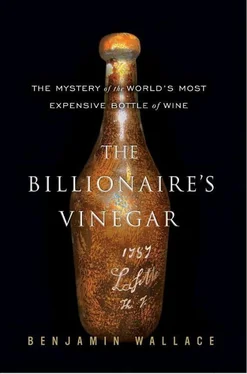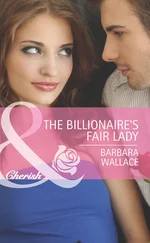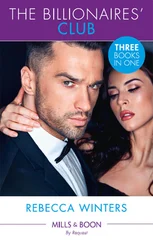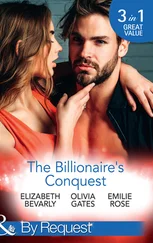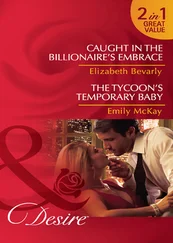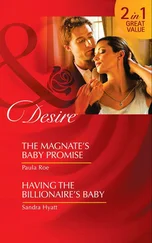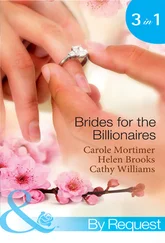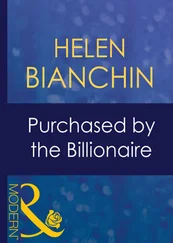MUCH REMAINED FOR Koch’s team to do before filing a lawsuit. Some was legal preparation. Koch had bought the bottles more than fifteen years earlier, and they needed to determine whether the statute of limitations for fraud had run out. Koch’s lawyers advised him that the statutory clock only started ticking once a victim became aware of a potential fraud. Even though Koch had paid a Munich lawyer a few thousand dollars in April of 1993 to look into the Frericks-Rodenstock dispute, Koch now said he didn’t remember doing so. After Rodenstock and the Munich lawyer disputed this, and records disproved Koch, he said that the lawyer had reassured him of the bottles’ authenticity, and that he first heard of Monticello’s doubts during the run up to the Boston MFA show in 2005. Koch said he had never read the New York Times or Wine Spectator articles that publicized Monticello’s skepticism years earlier.
Koch and his lawyers still needed to decide whom to sue (Rodenstock, Christie’s, Broadbent, Farr Vintners?), where (Germany? England? America?), and whether to seek out other plaintiffs. Koch initially sought allies in his cause, and Kip Forbes seemed amenable. The Forbes family had already decided to sell their bottle through the books and manuscripts department at Christie’s in May 2006 as part of a dispersal sale of their historical American documents collection. But they withdrew the bottle from the sale, citing restrictive New York laws governing the sale of alcohol. The other reason was that Kip had been contacted by Koch, and he wanted in.
To build a strong case against Rodenstock, Koch knew that it was necessary to amass overwhelming evidence, and the investigation proceeded along several parallel tracks. One was to methodically create a paper trail linking Koch’s bottles to Rodenstock. In early January, Koch himself faxed Rodenstock from a family-owned apartment in New York, asking the German to affirm that he was the source of Koch’s Jefferson bottles and that he believed they had belonged to Thomas Jefferson. Faxing Rodenstock from New York was deliberate. Koch’s lawyers viewed it as a favorable venue for their lawsuit, and communications routed through New York would help to justify it as the proper jurisdiction.
A week later, Rodenstock bit, responding with a fax sent to the New York number. Rodenstock said he had already answered the questions posed by Stanley Los, reiterating his and Broadbent’s case for a Jefferson attribution and the story of the carbon-dating test he had commissioned. He ended with a cheery postscript: “I have heard that you have bought many fantastic wines at the spectacular Zachys auction. Congratulations!”
All this was the groundwork necessary for Koch to make his case about the Jefferson bottles. But what mattered to him, ultimately, was not just the Jefferson bottles, but the integrity of his entire collection. Accordingly, in March 2006, Elroy was dispatched to Château Pétrus in Pomerol. His mission: to authenticate two Rodenstock-sourced magnums of 1921 Pétrus. Koch had bought one of them at the “spectacular” Zachys auction for $33,150 and said he knew it came from Rodenstock because the consignor, a San Francisco tech entrepreneur named Eric Greenberg, had told him so. (Greenberg, who was reputed to have 70,000 bottles in his cellar, would later deny this.) Now, with a lawyer present, Pétrus officials found eight faults with the bottles. They called the Rodenstock-Greenberg-Zachys bottle “a very impressive fake made by a master forger of wine… the cork was too long and the metal cap and label on the wine appear to have been artificially aged.”
Elroy had brought his glass experts with him on this trip, and the men, along with Philippe Hubert, visited Château d’Yquem to inspect the two Jefferson bottles, one full and one empty, in its possession. As with Koch’s four Jefferson bottles, the experts determined that the engravings on these two had also been made with a modern power tool. Later they would reach the same conclusion about the Forbes bottle.
Elroy then let Hubert take a gamma-ray reading from the Pétrus magnums. The wine inside showed no trace of cesium-137, but the bottle glass itself emitted a post–World War II level of radioactivity.
On April 10, Koch faxed Rodenstock again. This time he asked for a meeting “over a good glass of wine, at a place of your choosing…. A short exchange of information face-to-face will accomplish more than a number of faxes and telephone calls.” A month later, writing “from the sunny Kitzbühel,” Rodenstock responded. He was testier this time, saying that “the matter is settled. From a legal point of view the purchase and the sale are barred by the statute of limitation.” He denounced “the yellow press” for covering the Frericks dispute—“that farce”—“in a very primitive way.” Legally, he said, it was Farr Vintners with whom Koch should be speaking; he saw no point in a discussion, and in any event “my English is unfortunately also not so good to speak with you about all the things I have already told you in writing.” He claimed that he had “had all of the faxes I have sent you translated from German to English.” For the first time he offered a detail about his supposed Parisian source: “The person from whom I have bought the bottles at the time was about sixty-five years old. I don’t even know if the seller of the bottles is still alive today.”
After all this, his amiable tone returned: “As said, if you would like to drink some fantastic wines with me in a nice circle of wine friends at a trip to Europe, I will gladly organize a wine tasting in your honor. Is there a wine you always wanted to drink but you don’t have in your wine cellar? I would be glad to fulfil you that wish if I should have this wine in my cellar.”
KOCH EXPANDED HIS investigation to the contents of his entire cellar, and hired David Molyneux-Berry, the former Sotheby’s wine director who had first deemed the Frericks bottles fake, to vet his collection. The Englishman spent weeks in Koch’s cellars, in Palm Beach and on Cape Cod. The weather was poor, and he worked from nine in the morning to six in the evening without surfacing for sun or air.
Simultaneously, another collector joined Koch’s cause. A Boston entrepreneur named Russell Frye had recently sold his cellar through Sotheby’s for nearly $8 million, the auction house’s second-largest wine sale ever. But Sotheby’s had rejected a lot of Frye’s older bottles as fraudulent, and had put him in touch with Molyneux-Berry and Koch.
Molyneux-Berry examined hundreds of Koch’s bottles, taking one at a time and comparing it with others. Because Koch’s collection was so encompassing, Molyneux-Berry often had the luxury of comparing the same wine in the same vintage in multiple bottlings, even fifteen or twenty bottles of the same kind. All might look right except, say, three, which would look wrong in exactly the same way. It could take up to an hour to examine each bottle, but Koch insisted that Molyneux-Berry take the time necessary to assess the cellar.
“One, he’s very rich,” Molyneux-Berry said during a break from his work. “Two, he’s absolutely pissed off at being defrauded.”
Molyneux-Berry had worked up a list of thirty-two indicators of authenticity. They ranged from the shape of the bottle to the color of the glass, to the label material, to the label’s coloration, to the importer’s “slip” label, to the pontil scars and mold marks and ullage and capsule and cork and color of the wine and sediment. He would tick them off one by one.
Among the fakes he found was a magnum of Lafite 1945 that was in a bottle of a sort only created in 1964. A batch of 1950s La Tâche just purchased by Koch at auction had suspiciously high fills. Other bottles bore labels that had clearly been copied. Those were the easy ones. More difficult were instances where the bottle was correct, the label was good, the slip label seemed right, but Molyneux-Berry just had a feeling at first, and on closer scrutiny found some more definitive clue.
Читать дальше
